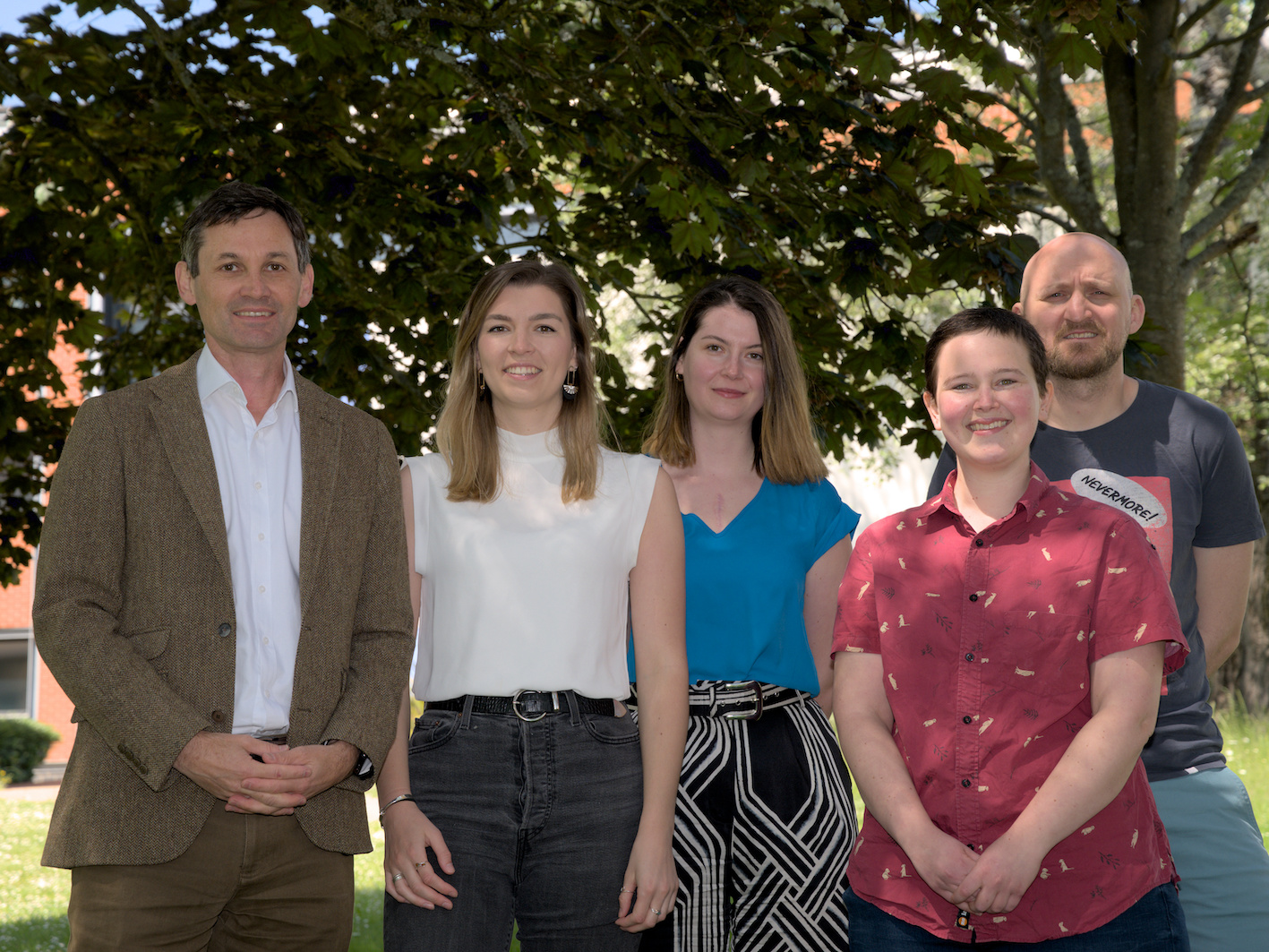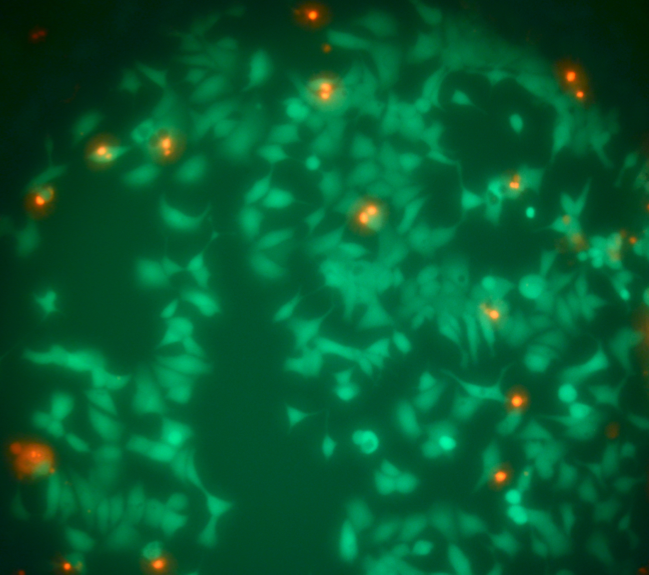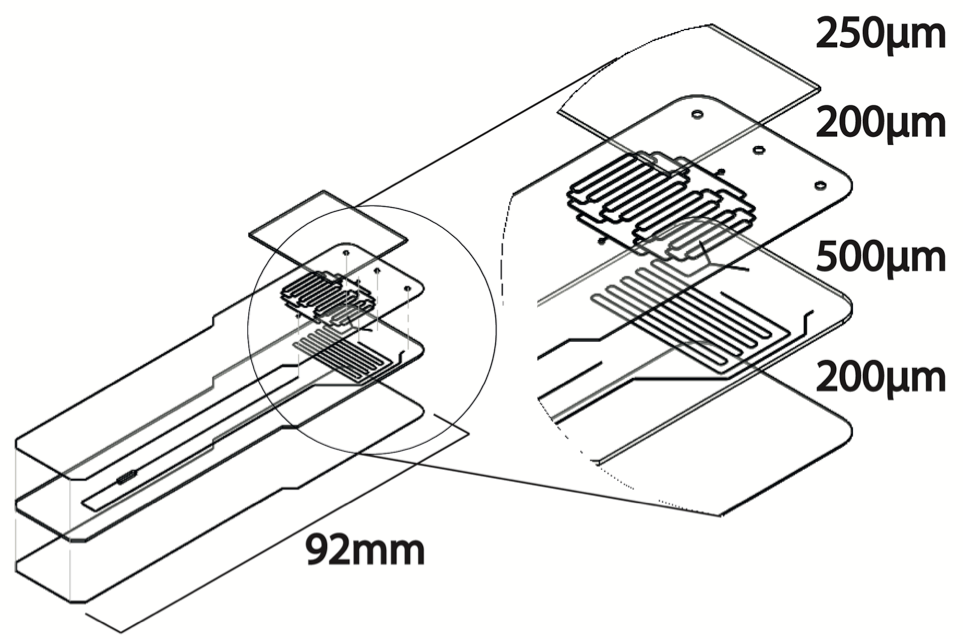
The Utz lab is a research group within the School of Chemistry at the University of Southampton. It is one of five research groups that together make up the magnetic resonance research section at the University (MagRes@Soton).
We are working on novel ways to study microscopically small cultures of cells, living tissues, and small organisms using advanced nuclear magnetic resonance methods.
Other research areas include the study of complex materials such as hydrogels, solid polymers, and composites. We are also actively contributing to an effort to develop a novel approach to neurostimulation of the spinal cord.
 Nuclear magnetic resonance (NMR) is a very versatile analytical technique, which relies on the regular motion (precession) of atomic nuclei when exposed to strong magnetic fields. Since the magnetic field at the nucleus is affected by its immediate surroundings, the nuclear precession frequency contains valuable information about the chemical nature of the molecule the nucleus belongs to. This can be exploited to study the structure of molecules, their reactions, and how they are assembled into proteins and other building blocks of life.
Nuclear magnetic resonance (NMR) is a very versatile analytical technique, which relies on the regular motion (precession) of atomic nuclei when exposed to strong magnetic fields. Since the magnetic field at the nucleus is affected by its immediate surroundings, the nuclear precession frequency contains valuable information about the chemical nature of the molecule the nucleus belongs to. This can be exploited to study the structure of molecules, their reactions, and how they are assembled into proteins and other building blocks of life.
 The main aim of our work is to develop nuclear magnetic resonance techniques that can be applied to very small samples. Since the magnetism of atomic nuclei is relatively weak, NMR signals tend to be weak as well. Usually, this means that large amounts of sample (milligrams or more) are needed for NMR analysis. Other spectroscopic techniques, such as ultraviolet spectroscopy, require far less material.
The main aim of our work is to develop nuclear magnetic resonance techniques that can be applied to very small samples. Since the magnetism of atomic nuclei is relatively weak, NMR signals tend to be weak as well. Usually, this means that large amounts of sample (milligrams or more) are needed for NMR analysis. Other spectroscopic techniques, such as ultraviolet spectroscopy, require far less material.
Our research mainly concerns the study of live systems (cells, tissues, and small animals) by nuclear magnetic resonance. We are developing miniaturised “Lab-on-a-chip” devices for the culture of such biological systems, and integrate them with in-situ observation by nuclear magnetic resonance. This combination of microfluidic culture technology with advanced nuclear magnetic resonance techniques provides unique insight into the metabolic processes of life. Our work is motivated by applications across the life sciences, in particular in drug discovery and safety testing, and in the development of disease models.